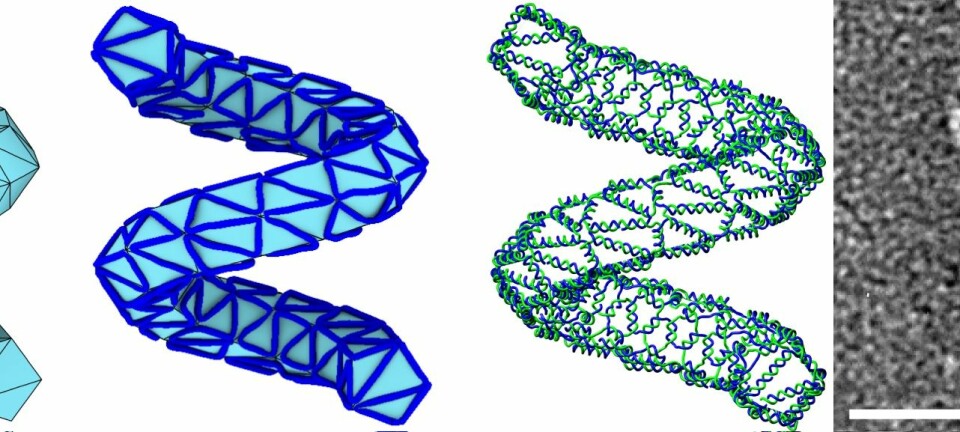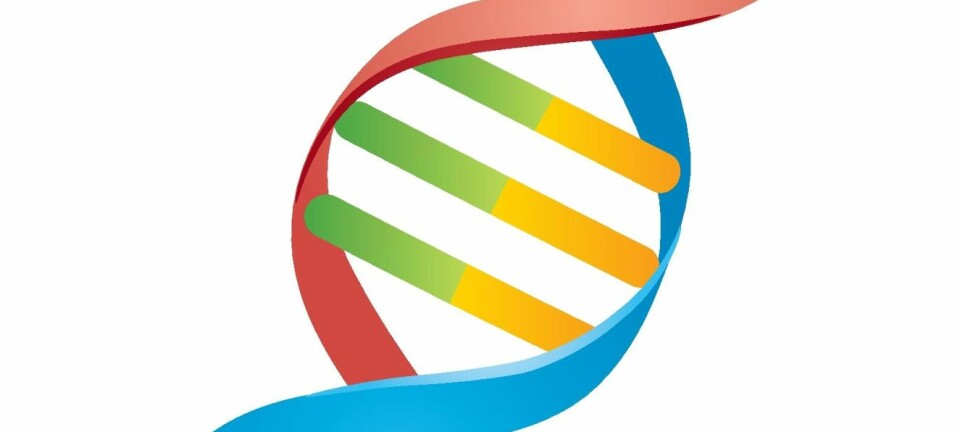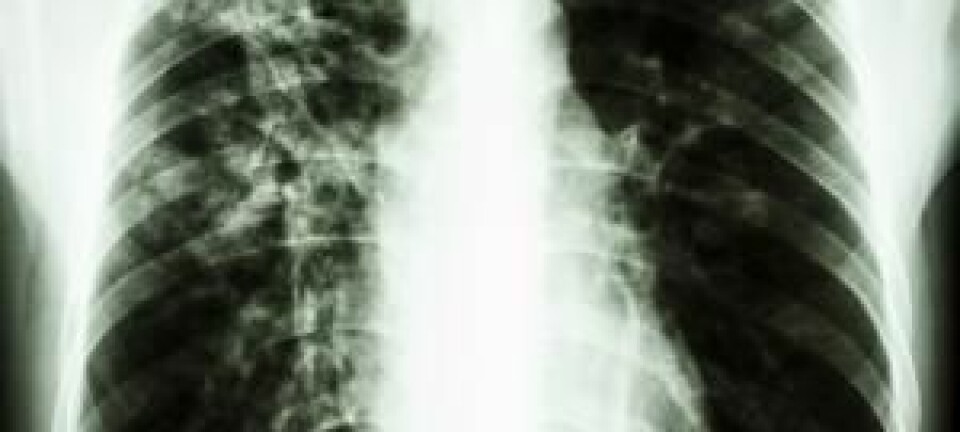
Scientists build most advanced DNA computer to date
New DNA-computer performs simple multiplications by fusing DNA strands together.
Scientists have presented one of the most advanced DNA-computers every built.
But at two hours to calculate simple multiplications like three times four, it’s certainly not the fastest computer around. What makes this computer interesting, however, is the unique way in which it works.
The computer finds the answer by allowing the input to physically fuse together with the correct answer.
According to the scientists behind the research this new method could help to utilise the vast potential for data storage in DNA molecules.
"Our system exploits all the information contained in DNA strands and it can process much larger amounts of information than other DNA-based systems," says co-author Kurt Vesterager Gothelf, a professor in the Department of Chemistry at Aarhus University, Denmark.
As with other DNA computers, the researchers build DNA molecules artificially. Each nucleotide--the building blocks of DNA-- contains information.
In the same way as your computer or phone stores information as a series as zeros and ones, the DNA records information at each of the four base molecules adenine (A), cytosine (C), guanine (G), and thymine (T).
The project is published in the journal Nature Communications.
A soup of solutions
Regular DNA computers use logical methods to multiply two numbers--just like a normal computer. But the new DNA computer works somewhat differently.
It looks the answer up in a DNA library, which is full of pre-stored answers.
Responses are encoded in DNA-strings of eight nucleotides that contain information representing one of the two numbers to be multiplied.
In a simple calculation like three multiplied by four, the DNA-strands representing the three and the four only fit together with the strand of DNA that is representative of the correct solution, in this case, twelve.
When these strands meet in the soup, they merge to form a ‘result-molecule’ that is recognised by the DNA-computer.
"One of the strengths of DNA is that the strings find each other, and they do it quickly," says Gothelf.
A better use of DNA than previous attempts
While DNA fusion happens quickly, the entire calculation from input to output can take around two hours.
Gothelf admits that DNA computer execution times for simple multiplications cannot compete with those of a calculator or even mental arithmetic. But it is the data storage potential that excites him.
Whereas conventional computers store information as a series of ones and zeros, DNA molecules can hold much more information. Eight nucleotides, for example, can create 65,536 different inputs. And the resulting DNA-soup can in principle consist of 4.29 billion solution-strings.
However, Gothelf estimates, that there is likely to be an upper limit to the total number of solution-strings you can use before experiencing unintended reactions. He places this at around two billion.
Professor: A very different approach
Professor Friedrich Simmel, who studies DNA nanotechnology at The Simmel Lab at the Technische Universität München, Germany, describes the new research as an entirely new approach to DNA-computing.
"It's a very different approach to solving such a task," says Simmel.
"If you want to create a really fast computer, you can in some cases increase the speed enormously by saving all the results of all possible calculations and looking them up, instead of actually calculating them," he says.
Simmel also thinks that the new DNA computer is a step forward, as you can actually watch the calculation unfold under a microscope.
"It's an interesting approach to have a macroscopic result. Instead of having to use analytical instruments you can just look at it and see a number--it's unusual,” he says.
“I don’t know if it can be developed further, but in the long term it may be useful if you want to use DNA computers for diagnostic purposes," says Simmel.
---------------------
Read the Danish version of this article on Videnskab.dk
Translated by: Catherine Jex









